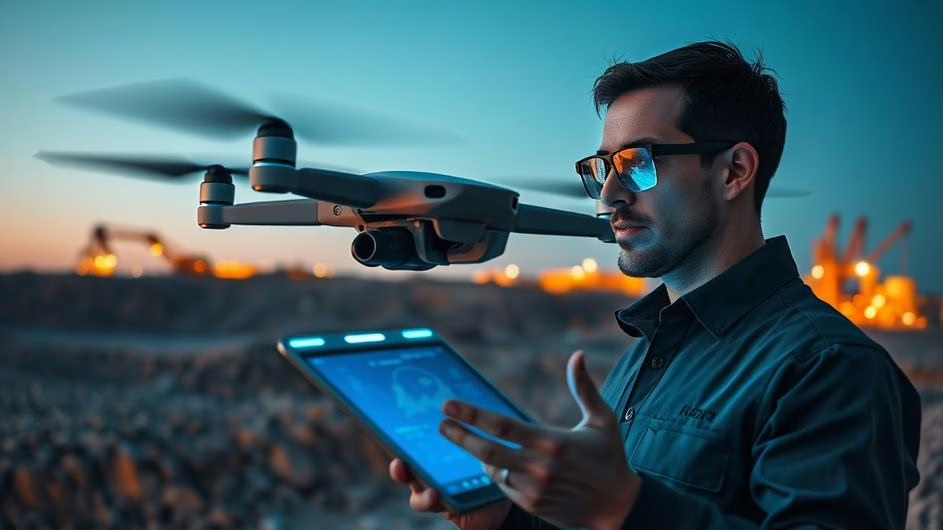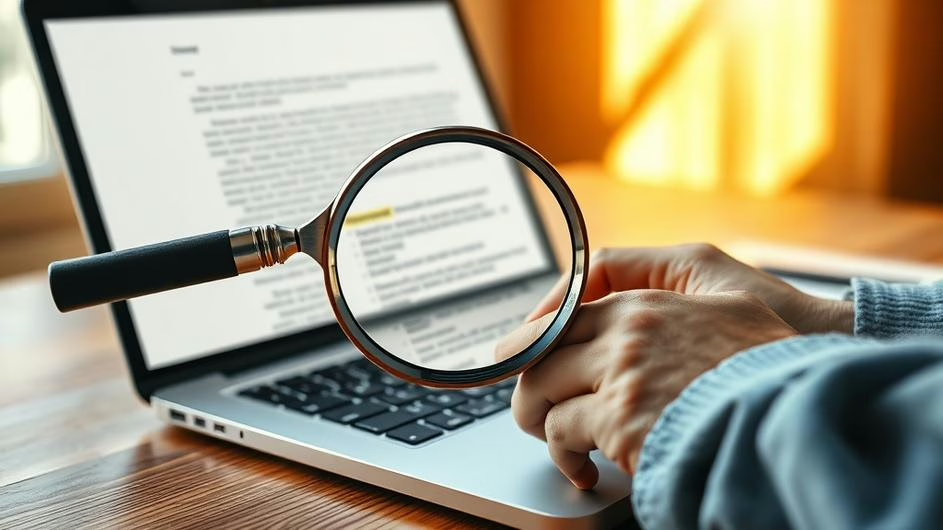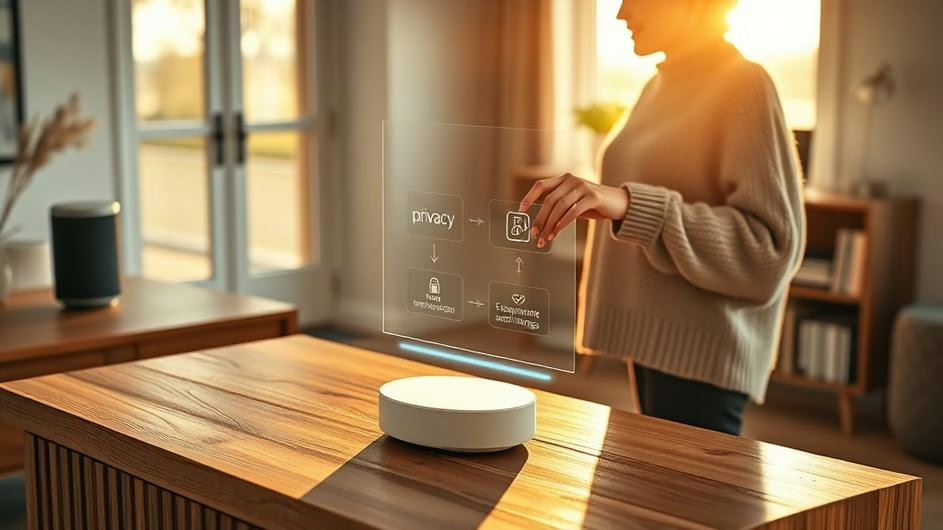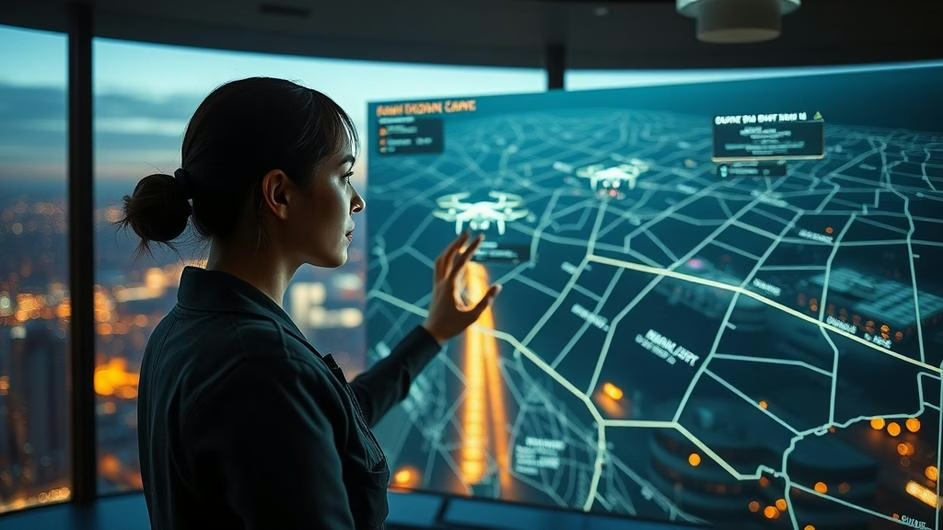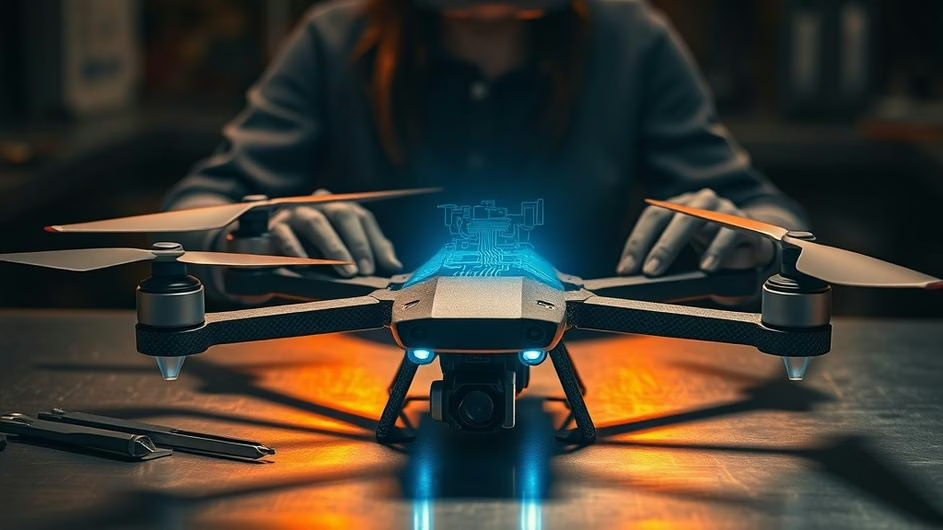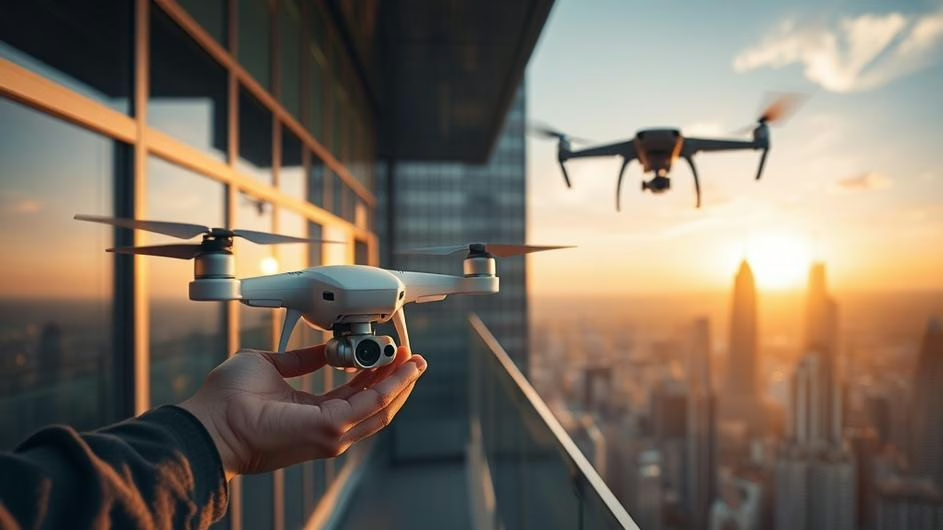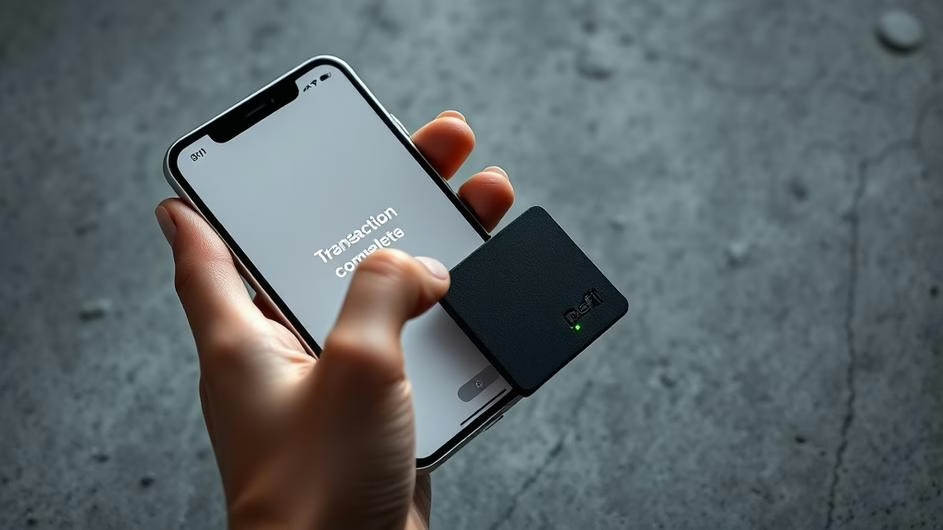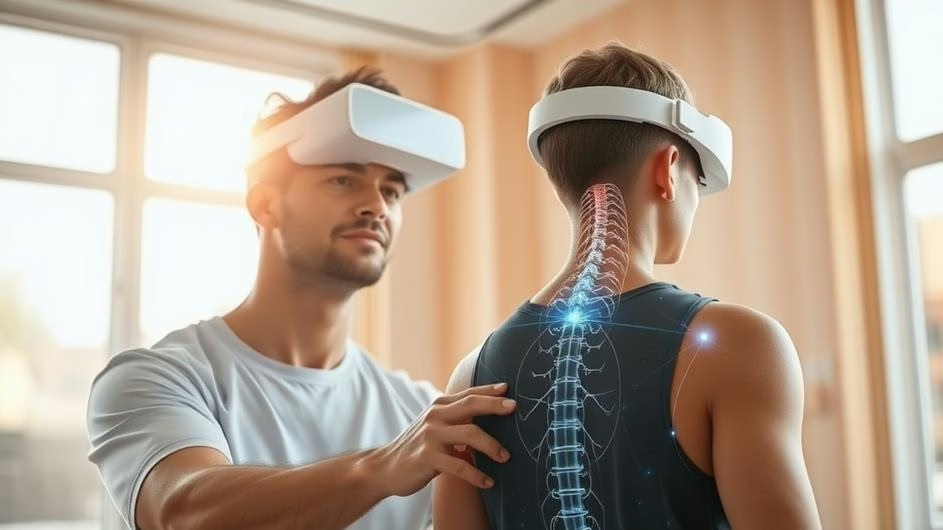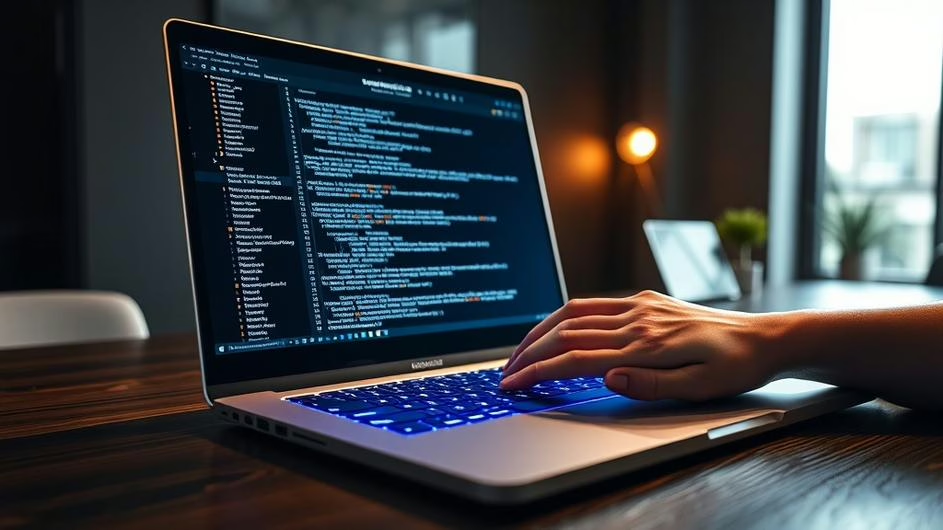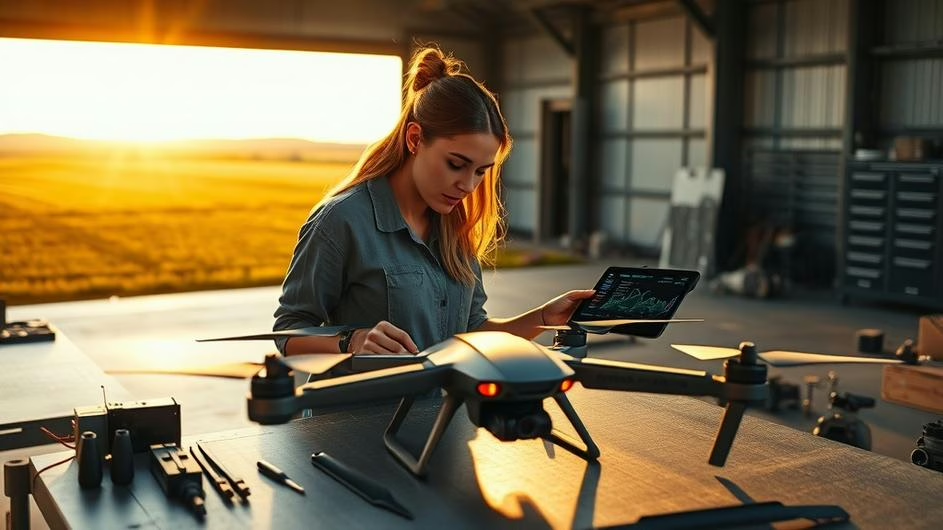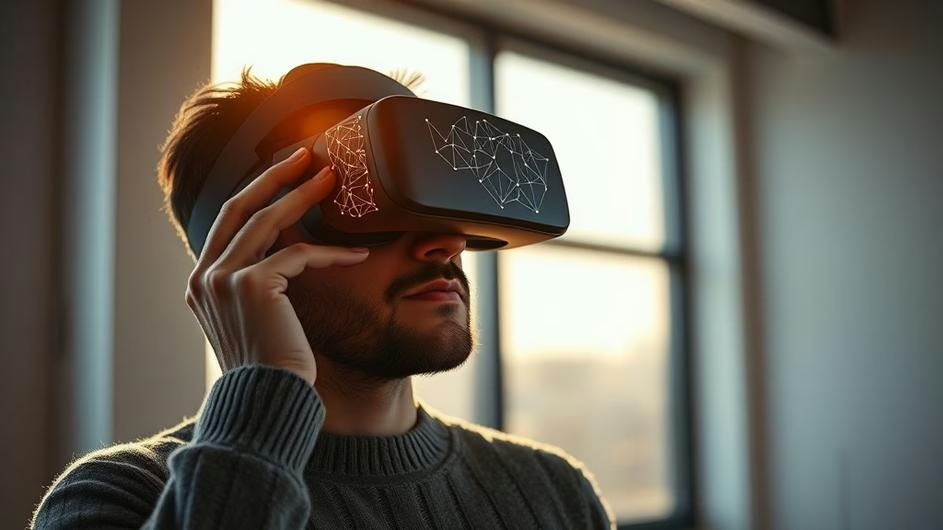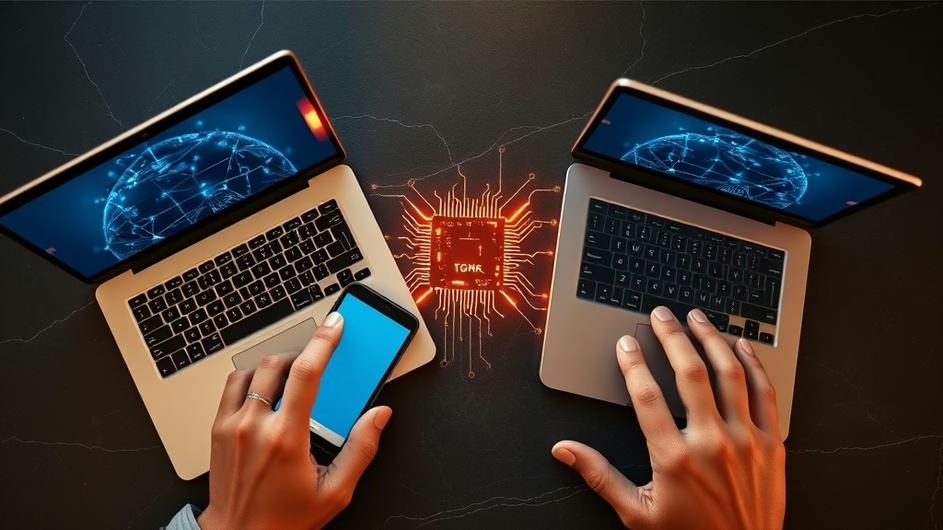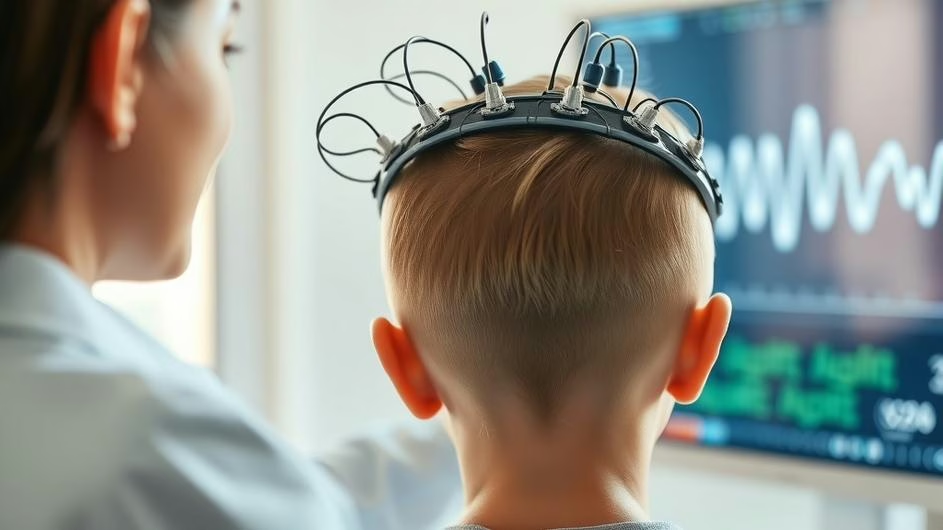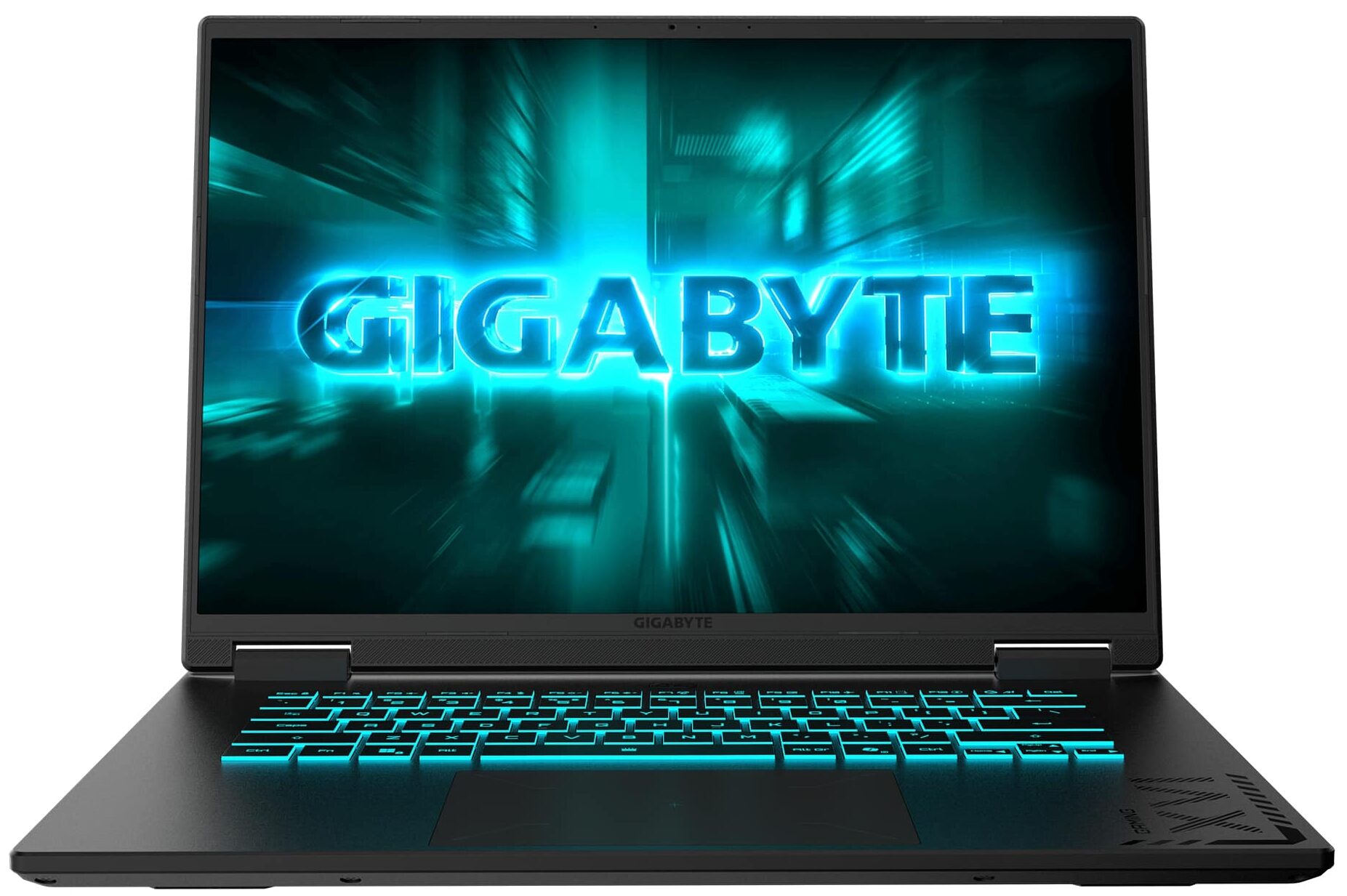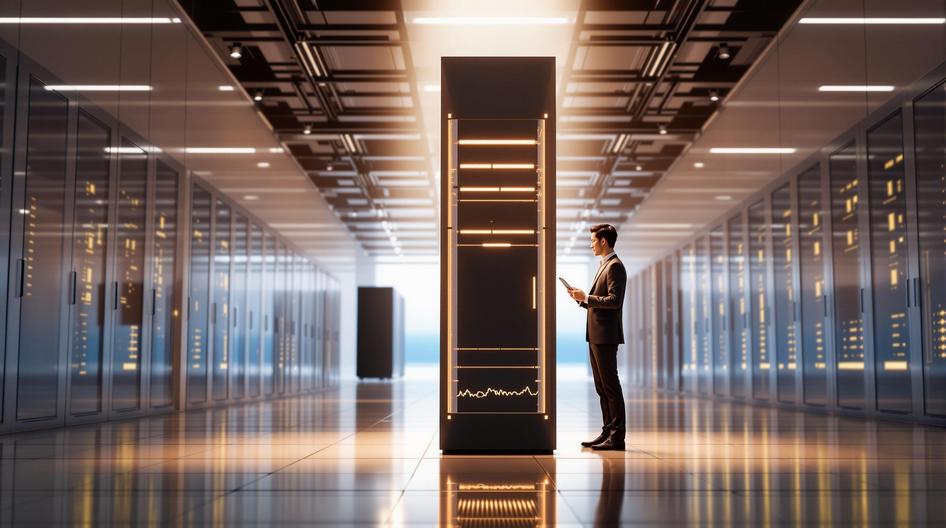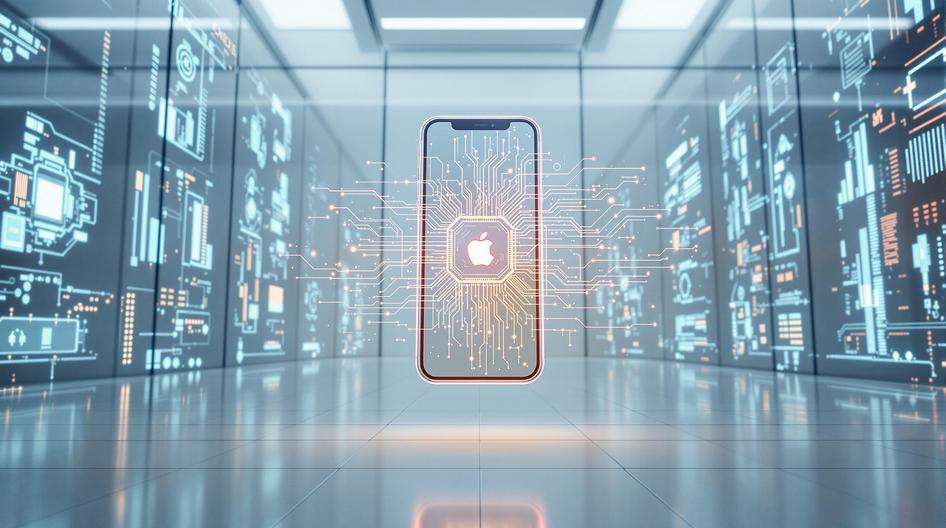
AI and Smart Networks: Powering a New Era of Global Tech Innovation
Artificial intelligence isn’t just a buzzword anymore. It’s actively reshaping everything from classrooms to factories, and the speed of change is honestly mind-blowing. What started as theoretical discussions in tech circles has evolved into real-world applications that are transforming education, defense, finance, and manufacturing. The driving force behind much of this innovation? Strategic partnerships and major investments from tech giants like Huawei.
For anyone tracking the intersection of AI and blockchain technology, these developments offer crucial insights into where the digital economy is heading next.
Smart Classrooms Get Seriously Upgraded
Huawei’s recent showcase at Connect 2025 in Shanghai caught everyone’s attention with their Smart Education Campus Solution. This isn’t your typical EdTech package. We’re talking about high-speed campus networks that connect every single classroom, giving teachers and students access to collaborative tools that actually work seamlessly.
What makes this interesting is the cloud-based, low-latency infrastructure. Teachers can now share lessons, develop content together, and run joint classes across different districts. This could be a game-changer for remote and under-resourced schools worldwide. Think about it: if you can deliver high-quality education to rural areas in Asia or overcrowded classrooms in Africa, you’re not just solving educational inequality, you’re creating the next generation of digitally literate users.
This matters for the tech space because education often drives broader technology adoption. Students who grow up with these systems will likely be more comfortable with AI-driven platforms and decentralized technologies as they enter the workforce.
Industrial Operations Go Full AI
Education is just the starting point. At GITEX GLOBAL 2025, Huawei unveiled their AI-powered intelligent operations solutions, and the implications are huge. These aren’t just monitoring systems, they’re predictive platforms that can help enterprises move toward autonomous operations.
The tech combines digital twins (basically virtual replicas of physical systems) with multi-agent AI models. For companies working in blockchain and DeFi, this translates to better compliance tools, more resilient infrastructure, and improved transparency across multiple jurisdictions. Industrial digital transformation is accelerating, and it’s creating new opportunities for Web3 applications in supply chain management.
Middle East Becomes AI Testing Ground
The Middle East is emerging as a serious player in AI adoption. Huawei Cloud’s new AI platforms launched at GITEX Global in Dubai are designed for businesses that want to deploy autonomous AI systems without the usual headaches.
These platforms support some seriously advanced use cases: digital asset trading, cloud-based regulatory compliance, dynamic blockchain node deployment, and on-chain analytics. AI tools aren’t just automating tasks anymore, they’re becoming the foundation for secure, data-driven financial innovation.
For crypto builders and investors, this opens doors to sophisticated, region-specific decentralized apps that can adapt quickly to changing market conditions or regulatory requirements. It’s exactly the kind of infrastructure that crypto and AI convergence needs to scale globally.

Defense Tech Raises Security Questions
Here’s where things get complicated. As AI platforms expand, they’re inevitably reaching into national defense applications. Reports from 2025 show Chinese military contractors increasingly using domestically produced hardware, including Huawei’s AI chips.
Chinese researchers are developing AI-powered systems for military vehicles that can handle real-time target identification, sensor coordination, and autonomous drone swarm operations. While these are primarily defense applications, they highlight a critical challenge for the crypto and Web3 world: ensuring hardware and AI algorithms remain trustworthy.
This matters because decentralized systems depend on verifiable, transparent technology. As supply chain integrity becomes a global security issue, the Web3 community needs to pay attention to who’s building the infrastructure that powers their applications.
Robotics Meets AI Across Southeast Asia
China’s five-year robotics strategy puts AI at the center, with companies like Huawei coordinating partnerships across the robotics industry. The reach extends into Southeast Asia, where “embodied AI” (AI systems integrated into physical devices) is reshaping manufacturing and electric vehicle production.
Chinese component manufacturers are rapidly setting up local production within ASEAN countries, bringing advanced robotics and AI to new sectors. This ecosystem approach creates opportunities for both local and international partners to participate in the AI revolution.
For crypto developers and tech entrepreneurs, the convergence of robotics, AI, and blockchain could unlock new possibilities in supply chain transparency, tokenized industrial IoT, and automated compliance solutions. The rise of the digital workforce is creating entirely new categories of decentralized applications.
What This Means for Tech’s Future
The common thread across all these developments is clear: AI, smart networks, and real-time connectivity are driving a massive technological shift. Enterprises and governments are recognizing that combining AI, next-generation chips, and cloud-native networks can deliver transformative results across education, industry, finance, and security.
For the crypto and Web3 community, this wave of innovation offers more than just investment opportunities. It’s a chance to influence how intelligence, automation, and decentralization evolve together. The interplay between AI platforms, robust digital infrastructure, and global partnerships will determine how fast and in what direction this transformation happens.
Those who engage strategically now will help shape the technological landscape and build the foundation for the next era of decentralized, data-driven value creation. The question isn’t whether AI and smart networks will transform our digital infrastructure, it’s who will control that transformation and how decentralized it will be.
Sources
• “Bridging the education gap with smart classrooms,” Developing Telecoms, Oct 31, 2025
• “Huawei Cloud rolls out new AI tools at GITEX,” Telecoms, Oct 27, 2025
• “China’s new ear of war: Robot dogs and AI drone swarms,” The Jerusalem Post, Oct 27, 2025
• “The AI-Robotics Revolution, China-US Rivalry and Southeast Asia,” fulcrum.sg, Oct 28, 2025

